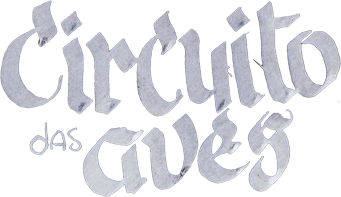Aviary Circuit
Birds of Santos
The Brazilian Ornithological Records Committee (CBRO) estimates the amount of 1.919 bird species for the entire country, ranking Brazil as the third greatest biodiversity in the world. Meanwhile, the State of São Paulo has registered 680 species. And in Santos, to the present moment, 200 bird species were identified.
Pursuing the aim that all inhabitants and visitors can enjoy this valuable biological treasure, the Santos Municipality, through the Municipality Environment Department State - SEMAM, the Municipality Tourism Department State - SETUR and the Municipality Communication and Results Department State - SECOR, launched the Santos Birding Circuit, a route joining the main hotspots for bird watching in Santos.
SANTOS has a catalog 200 aviary spices
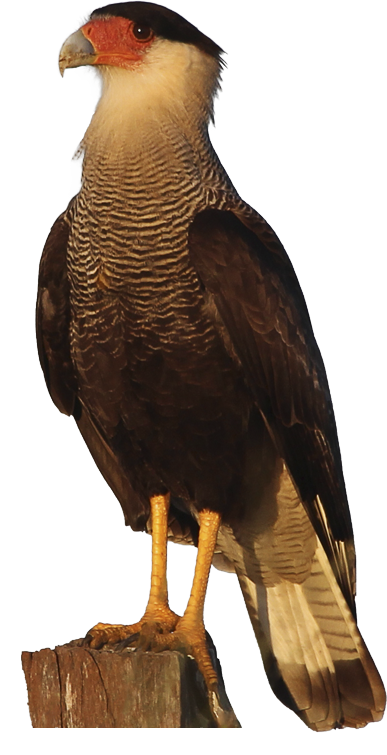
The project
This work was originally developed by biologist Sandra Pivelli, the Department of Environment (SEMAM), in partnership with the photographer Leonardo Casadei, who created a photographic record of 100 birds that inhabit the region, notably the Continal and insular area.
These photos are now distributed throughout the Oceanfront garden and the Botanical Gardens Chico Mendes in the neighborhood of Bom Retiro, in the northwest part of the city.
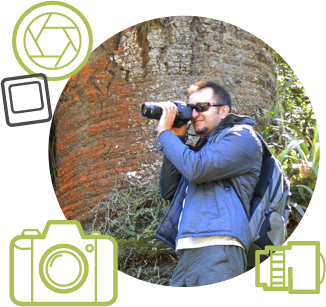
Leonardo Casadei
Biologist graduated from the Metropolitan University of Santos - UNIMES.
Specialist in Environmental Education from the University Santa Cecilia.
Master in Ecology in the graduate program in Sustainable Coastal and Marine Ecosystems University Santa Cecilia.
Photographer, specializing in capturing birds images, with publications in the international media.
Professor of Natural Sciences of the City of Praia Grande.
Currently working as Environmental Educator in the Department of Education Ambeintal the City of Long Beach.
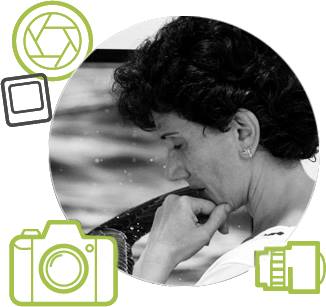
Sandra Pivelli
Graduated in Biological Sciences from Mackenzie University, master's degree in Education from the University of São Paulo.
Specialized in Environmental Management by UNESP, Environmental Tourism by SENAC - SP and Environmental Education at USP.
Employee as Biologist since 94'.
Worked for the city administration in the Municipal Chico Mendes Botanical Garden, in the Environmental Programs Section and now returned to Orquidário in Botany Division.
It has expertise in the areas of education, ecology, zoology and botany with emphasis on Ornithology.
Hotspots for birding
The Chico Mendes Botanic Garden
With a total area of about 90,000m2, it is the largest park in the City, behind only the area occupied by the beach gardens. Part of the vegetation currently found in its interior developed from a planning started in 1991, which implanted botanical collections thematically representative, in great part, of the local ecosystems, mainly of the Atlantic Forest.
Already 86 species have been observed in this locality.
The Engenho dos Erasmos National Monument
Site has the ruins of a sugar mill built in the 16th century. Its area is of 48 thousand m2, being next to the hill of the Caneleira, covered by remnants of Mata Atlântica in stage of regeneration.
Already 76 species have been observed in this locality.
Nova Cintra Hill
It is a district of plateau, settled in the valley formed by the hills Cotupé, Água Branca, Marapé, Jabaquara, São Bento, Penha and Nova Cintra. Of mild climate, the neighborhood, resembles a large basin, has a natural waterfall and a lagoon, the one of Saudade, located at an altitude of 118 meters and with 9,800 m2 of area.
Already 84 species have been observed in this locality.
The Orchid Garden Zoo-Botanic Park
It has an area of about 24 thousand square meters. In its central area, there is also a 1,180 m2 lake that attracts aquatic species such as herons.
Already 56 species have been observed in this locality.
The Oceanfront Gardens
Originally designed in 1914, the current layout of the gardens began to be built 80 years ago, in 1935. Today, it is the largest beachfront garden in the world, with a length of 5,514 m, with about 1,300 beds scattered around 218.8 thousand m2 There are over 100 species of plants, among them yellow lilies, daisies, golden drips, iris and biris. There are about 800 trees (3 per km on average), most of which are sun hats, and 200 palm trees of 30 different species. The gardens include the Underwater Emissary platform, with about 42.7 thousand m2, of which 10 thousand are equivalent to the Roberto Mario Santini Municipal Park. From the park, one can see the Island of Urubuqueçaba, whose vegetation is basically composed of Pitangueiras, Figueiras and Jerivás & mdash; the most predominant of the three types of palm trees that can be found on the island. The place is a resting area for birds such as buzzards, herons and cormorants. The island is about 260 meters from the coast.
Already 47 species have been observed in this locality.
Benedito Calixto Public Art Gallery
It has a large external garden, composed of few species of arboreal and shrub. However, because it is close to one of the stretches of the beach garden, it contributes to the birds being able to move more easily through the sparse vegetation of the place.
Already 34 species have been observed in this locality.
The Caio Ribeiro de Moraes Square
Located in the district of Aparecida, one block from the beach, it is one of the squares that presents greater vegetal diversity in the immediate vicinity, attracting great diversity of birds.
Already 35 species have been observed in this locality.
The Brás Cubas City Theatre
It occupies an area of 5,130 m2. The existence of a garden, with attractive species, and the eventual offer of fruits by the birds by the administration of the Theater, besides its proximity to one of the slopes of the mountainous massif of the insular area and one of the channels of the municipality, directly influence the birds that the region.
Already 40 species have been observed in this locality.
Diana Island
It is located in the continental area of the municipality and has typical mangrove vegetation, with significant changes intensified in the last two years by port terminal facilities.
Already 93 species have been observed in this locality.
The Cabuçu Farm
It is located in the Continental Area of Santos and access is by Highway BR101 (Rio-Santos), km 240. Access is only allowed under the supervision of agencies accredited by the City Hall, since part of its area, from 581,22 ha , is included in an Environmental Protection Area (APA), which seeks to conserve the Atlantic Forest and its associated ecosystems.
Already 82 species have been observed in this locality.
Species cataloged
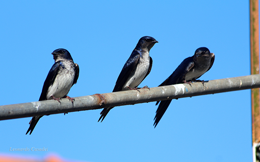
Gray-breasted Martin
Progne chalybea
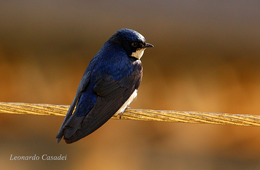
Blue-and-white Swallow
Pygochelidon cyanoleuca
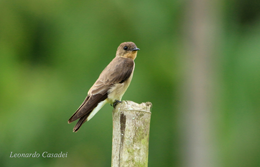
Southern Rough-winged Swallow
Stelgidopteryx ruficollis
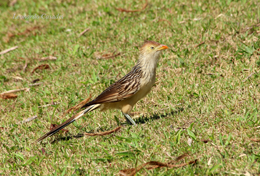
Guira Cuckoo
Guira guira
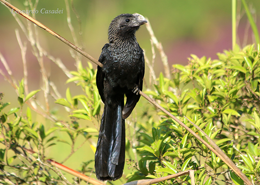
Smooth-billed Ani
Crotophaga ani
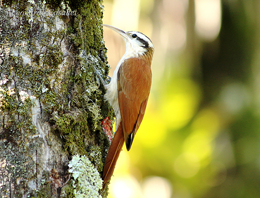
Narrow-billed Woodcreeper
Lepidocolaptes angustirostris
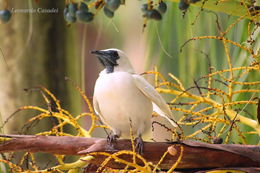
Bare-throated Bellbird
Procnias nudicollis
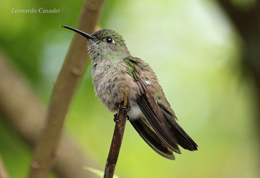
Sombre Hummingbird
Aphantochroa cirrochloris
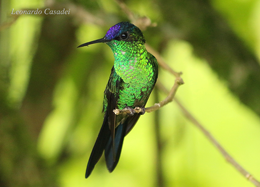
Violet-capped Woodnymph
Thalurania glaucopis
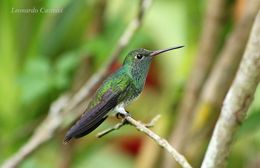
Glittering-throated Emerald
Amazilia fimbriata
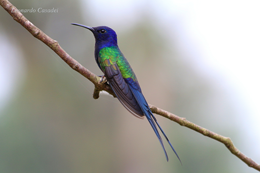
Swallow-tailed Hummingbird
Eupetomena macroura
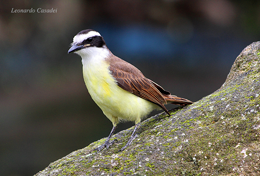
Great Kiskadee
Pitangus sulphuratus
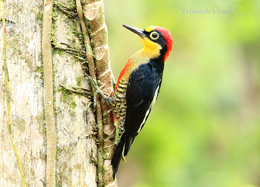
Yellow-fronted Woodpecker
Melanerpes flavifrons
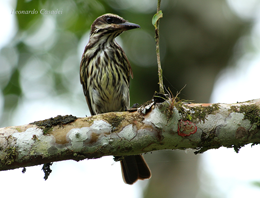
Streaked Flycatcher
Myiodynastes maculatus
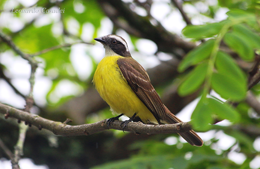
Social Flycatcher
Myiozetetes similis
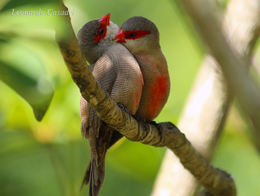
Common Waxbill
Estrilda astrild
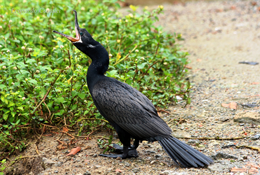
Neotropic Cormorant
Nannopterum brasilianus
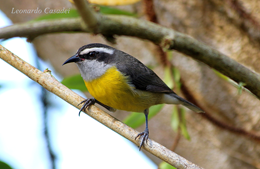
Bananaquit
Coereba flaveola
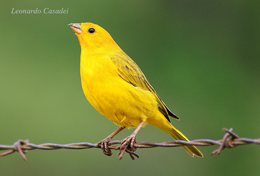
Saffron Finch
Sicalis flaveola
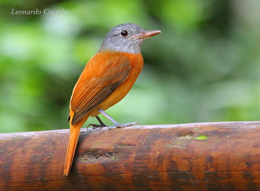
Gray-hooded Attila
Attila rufus
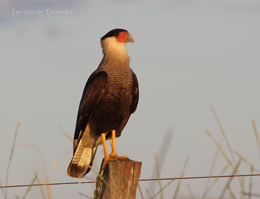
Southern Caracara
Caracara plancus
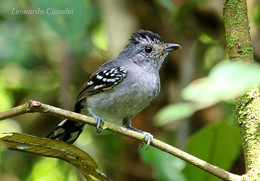
Variable Antshrike
Thamnophilus caerulescens
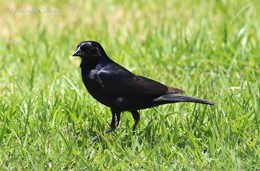
Shiny Cowbird
Molothrus bonariensis
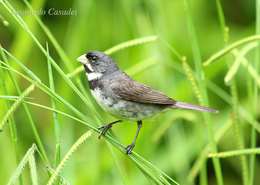
Double-collared Seedeater
Sporophila caerulescens
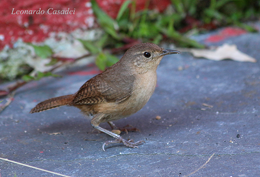
Southern House Wren
Troglodytes musculus
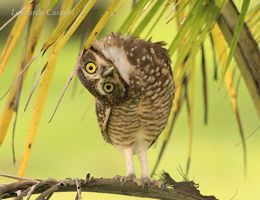
Burrowing Owl
Athene cunicularia
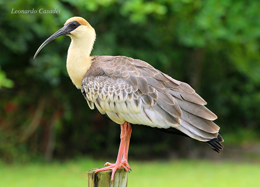
Buff-necked Ibis
Theristicus caudatus
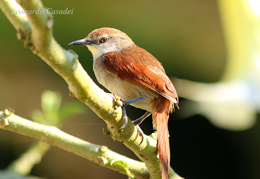
Yellow-chinned Spinetail
Certhiaxis cinnamomeus
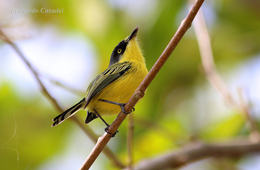
Common Tody-Flycatcher
Todirostrum cinereum
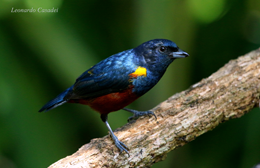
Chestnut-bellied Euphonia
Euphonia pectoralis
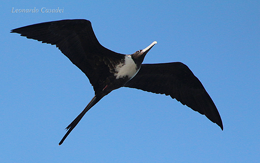
Magnificent Frigatebird
Fregata magnificens
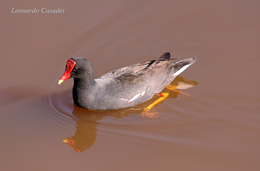
Common Gallinule
Gallinula galeata
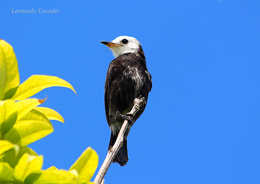
White-headed Marsh Tyrant
Arundinicola leucocephala
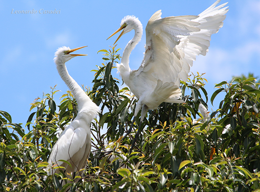
Great Egret
Ardea alba
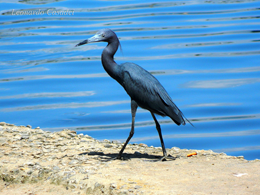
Little Blue Heron
Egretta caerulea
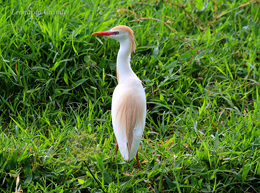
Cattle Egret
Bubulcus ibis
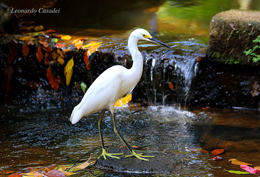
Snowy Egret
Egretta thula
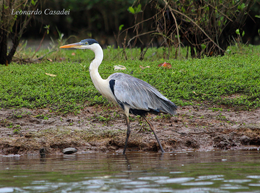
Cocoi Heron
Ardea cocoi
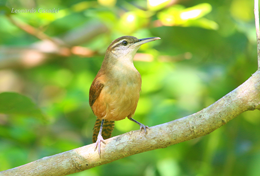
Long-billed Wren
Cantorchilus longirostris
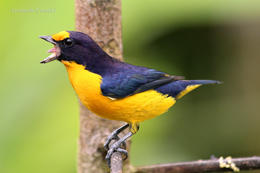
Violaceous Euphonia
Euphonia violacea
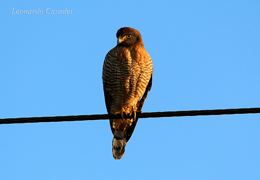
Roadside Hawk
Rupornis magnirostris
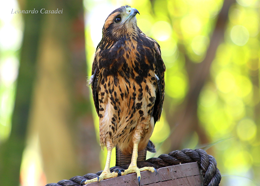
Harris's Hawk
Parabuteo unicinctus
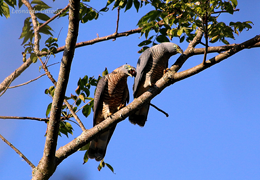
Hook-billed Kite
Chondrohierax uncinatus
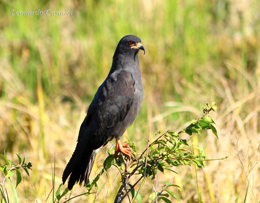
Snail Kite
Rostrhamus sociabilis
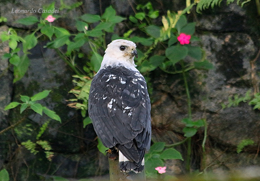
White-necked Hawk
Amadonastur lacernulatus
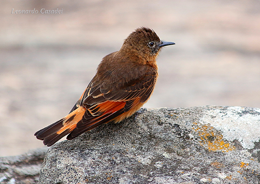
Cliff Flycatcher
Hirundinea ferruginea
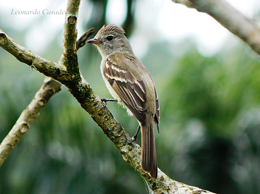
Yellow-bellied Elaenia
Elaenia flavogaster
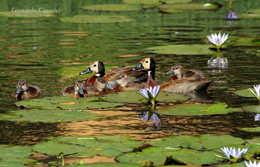
White-faced Whistling-Duck
Dendrocygna viduata
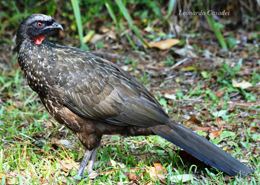
Dusky-legged Guan
Penelope obscura
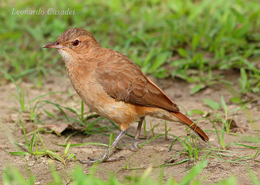
Rufous Hornero
Furnarius rufus
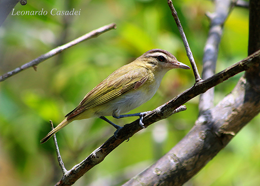
Chivi Vireo
Vireo chivi
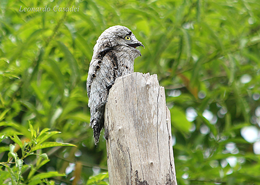
Common Potoo
Nyctibius griseus
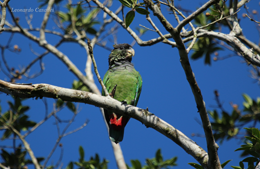
Scaly-headed Parrot
Pionus maximiliani
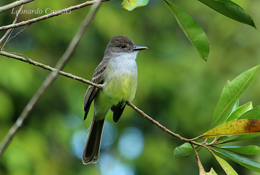
Short-crested Flycatcher
Myiarchus ferox
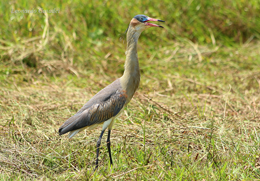
Whistling Heron
Syrigma sibilatrix
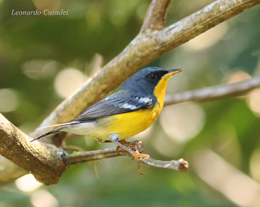
Tropical Parula
Setophaga pitiayumi
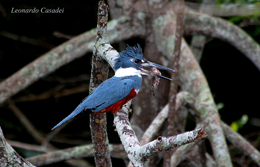
Ringed Kingfisher
Megaceryle torquata
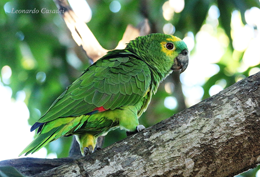
Turquoise-fronted Parrot
Amazona aestiva
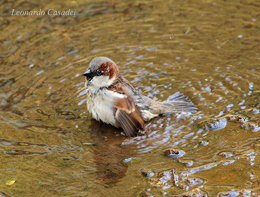
House Sparrow
Passer domesticus
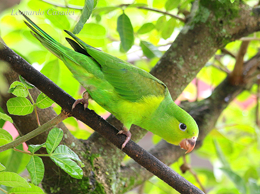
Plain Parakeet
Brotogeris tirica
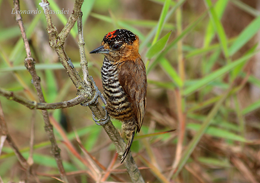
Ochre-collared Piculet
Picumnus temminckii
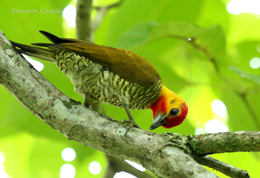
Yellow-throated Woodpecker
Piculus flavigula
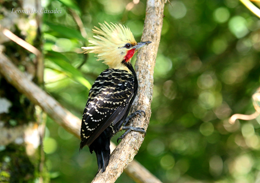
Blond-crested Woodpecker
Celeus flavescens
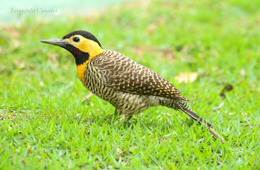
Campo Flicker
Colaptes campestris
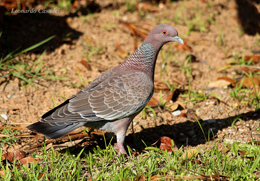
Picazuro Pigeon
Patagioenas picazuro
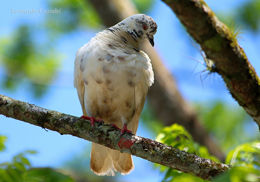
Rock Pigeon
Columba livia
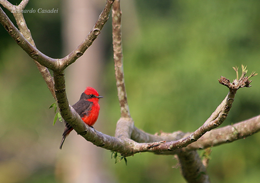
Vermilion Flycatcher
Pyrocephalus rubinus
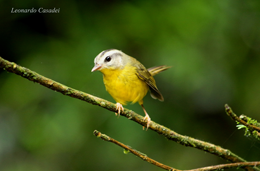
Golden-crowned Warbler
Basileuterus culicivorus
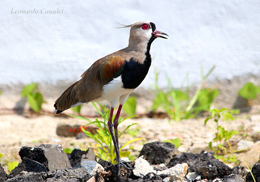
Southern Lapwing
Vanellus chilensis
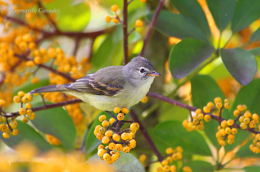
Southern Beardless-Tyrannulet
Camptostoma obsoletum

Ruddy Ground-Dove
Columbina talpacoti
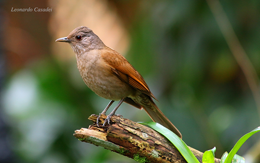
Pale-breasted Thrush
Turdus leucomelas
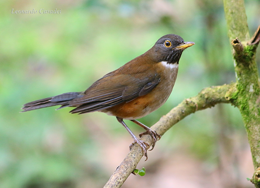
White-necked Thrush
Turdus albicollis
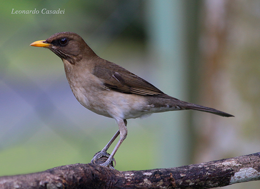
Creamy-bellied Thrush
Turdus amaurochalinus
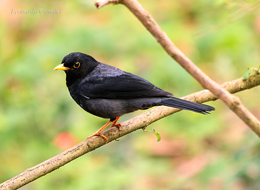
Yellow-legged Thrush
Turdus flavipes
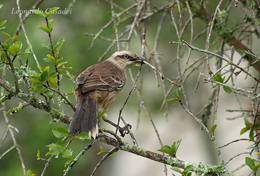
Chalk-browed Mockingbird
Mimus saturninus
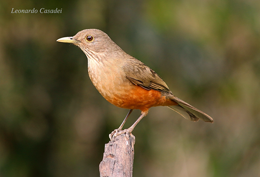
Rufous-bellied Thrush
Turdus rufiventris
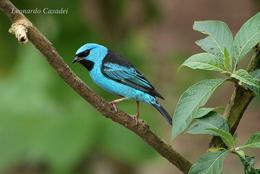
Blue Dacnis
Dacnis cayana
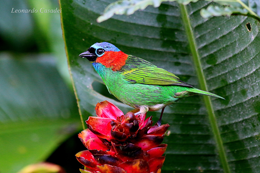
Red-necked Tanager
Tangara cyanocephala
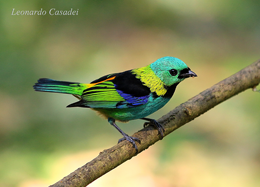
Green-headed Tanager
Tangara seledon
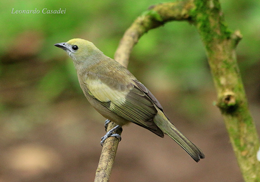
Palm Tanager
Tangara palmarum
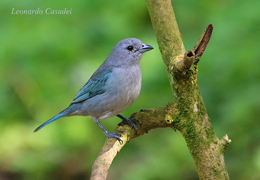
Sayaca Tanager
Tangara sayaca
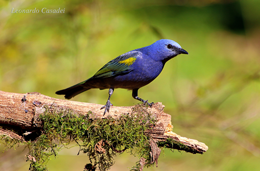
Golden-chevroned Tanager
Tangara ornata
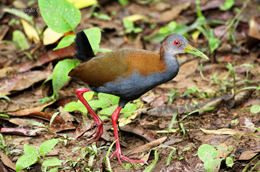
Slaty-breasted Wood-Rail
Aramides saracura
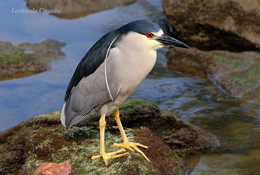
Black-crowned Night-Heron
Nycticorax nycticorax
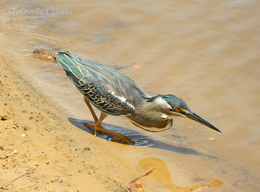
Striated Heron
Butorides striata
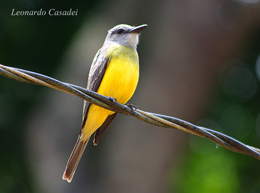
Tropical Kingbird
Tyrannus melancholicus
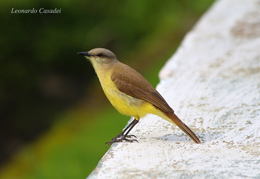
Cattle Tyrant
Machetornis rixosa
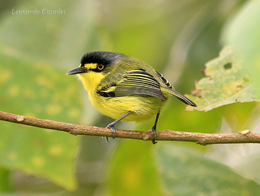
Gray-headed Tody-Flycatcher
Todirostrum poliocephalum
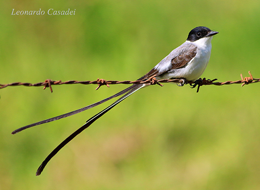
Fork-tailed Flycatcher
Tyrannus savana
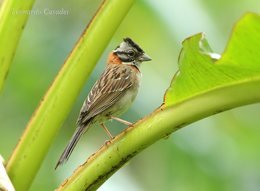
Rufous-collared Sparrow
Zonotrichia capensis
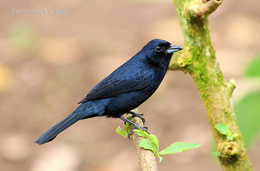
Ruby-crowned Tanager
Tachyphonus coronatus
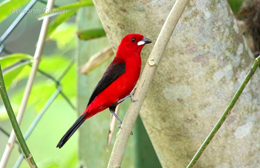
Brazilian Tanager
Ramphocelus bresilius
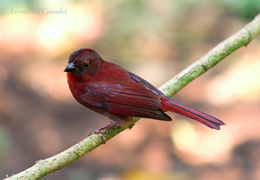
Red-crowned Ant-Tanager
Habia rubica
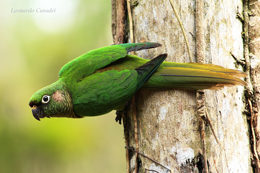
Maroon-bellied Parakeet
Pyrrhura frontalis
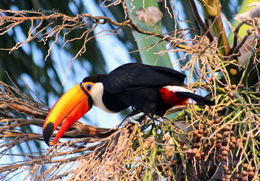
Toco Toucan
Ramphastos toco
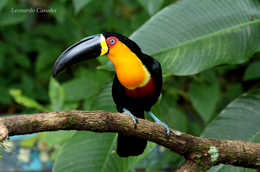
Channel-billed Toucan
Ramphastos vitellinus
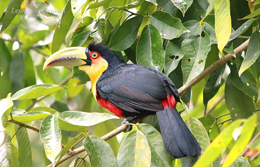
Red-breasted Toucan
Ramphastos dicolorus
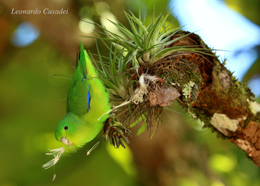
Blue-winged Parrotlet
Forpus xanthopterygius
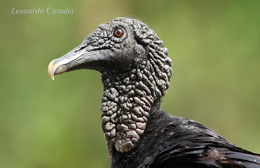
Black Vulture
Coragyps atratus
Tips for observation

Start watching common birds on the spot. Watch out for their colors. Make a drawing by pointing out the most eye-catching colors and search to confirm that what you observe corresponds to that reported by other observers.

Memorize the sounds produced by the birds, this helps a lot in the identification.Treine listening to previously recorded recordings and then leave to see if you actually learned the vocalization produced by the species.

Remain silent whenever possible. So you can focus your attention on the epic, without being dispersed with other elements of the environment.

If there is already a survey of the species that focuses on the area where you will observe, study it before going to the field. Thus, you will be better trained to identify the bird when it appears.

Go to the field at the best observation times. Remember that birds rise at dawn of day and gather before sunset.

Avoid exaggerated proximity. Birds also have tolerance of distance. If you violate your territory it can defend itself. In addition, there are diseases that can be transmitted if you come into direct contact with them.

Do not go outside and watch by yourself. Always invite someone to keep you company and reinforce security. Always tell where you are going, with whom and when you want to return.

Do not feed the birds for them to approach you. In this way, they can become the victim of other malicious people who can take advantage to capture them.

Wear comfortable, discreet clothing that protects and does not attract attention. Birds see better than us and distinguish colors in a unique way. So harmonize visually with the environment.

Be persistent and determined. At first the observation is laborious and requires dedication, like any activity. Always watch for the learning process it provides and forget the immediate results.
Code of birding ethics
Promote the welfare of birds and their environment
a) Supporting the protection of important bird habitat;
b) Avoiding stressing birds or exposing them to danger, behaving with caution and care during observation, photography, sound recording, or filming;
c) Limiting the use of recordings and other methods for attracting birds, and never using such methods in heavily birded areas, or for attracting any rare species Threatened, Endangered, or of Special Concern in your local area;
d) Mind your distance from nests and nesting colonies, roosts, display areas, and important feeding sites. In such sensitive areas, if there is a need for extended observation, photography, filming, or recording, try using a blind or hide taking advantage of the natural cover;
e) Use artificial light sparingly for filming or photography, especially for close-ups.
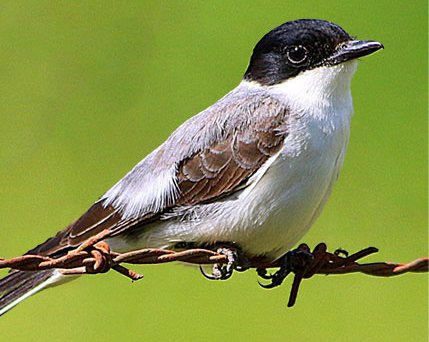
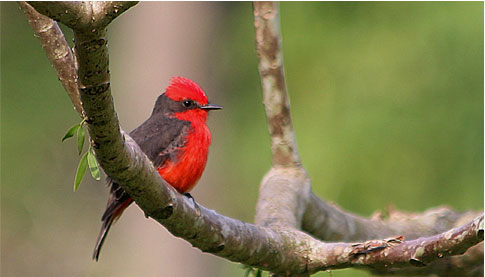
Rare Sighting, Avaluate the level or disturbance
Before advertising the presence of a rare bird, evaluate the potential for disturbance of the bird, its surroundings, and for other people in the area, and proceed only if the total area can be controlled, and disturbance minimized, and, if it is the case, permit can be granted from private land-owners. The sites of rare nesting birds should be divulged only to the proper conservation authorities.
Respect the interests, rights, and skills of fellow birders
a) Respect the law, and the rights of others;
b) Follow all laws, rules, and regulations governing use of roads and public areas, both at home and abroad;
c) Practice common courtesy in contacts with other people. Your exemplary behavior will generate goodwill with birders and non-birders alike.
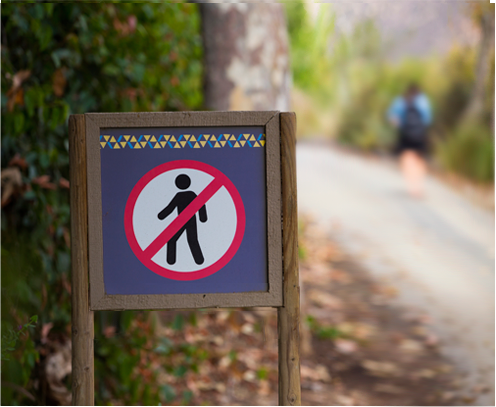
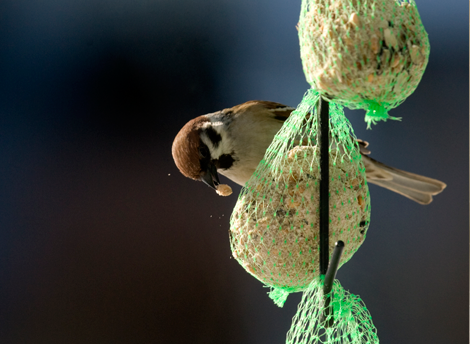
Artificial Ambient
Ensure that feeders, nest structures, and other artificial bird environments are safe:
a) Keep dispensers, water, and food clean, and free of decay or disease. It is important to feed birds continually during harsh weather;
b) Maintain and clean nest structures regularly;
c) If you are attracting birds to an area, ensure the birds are not exposed to predation from cats and other domestic animals, or dangers posed by artificial hazards.
Birdwatching in Groups
Group birding, whether organized or not, requires special care. Each individual in the group, in addition to the obligations mentioned or described in this code, has responsibilities as a group member:
a) Respect the interests, rights, and skills of fellow birders, as well as people participating in other legitimate outdoor activities;
b) Freely share your knowledge and experience, except where code 1(c) applies. Be especially helpful to unexperienced birders;
c) If you witness unethical birding behavior, assess the situation, and intervene if you think it prudent. When interceding, inform the person(s) of the inappropriate action, and reason in order to stop it. If the behavior continues, have it documented, and notify appropriate individuals or organizations.
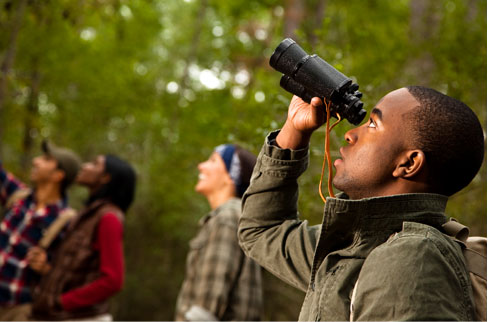
Líder ou Guia de Grupo
Group Leader Responsibilities [amateur and professional trips and tours]:
a) Be an ethical role model for the group. Teach through word and example;
b) Keep groups to a size that limits impact on the environment, and does not interfere with others using the same area;
c) Ensure everyone in the group knows of and practices this code;
d) Learn and inform the group of any special circumstances applicable to the areas being visited (e.g. no tape recorders allowed);
e) Acknowledge that professional tour companies bear a special responsibility to place the welfare of birds and the benefits of public knowledge ahead of the company's commercial interests. Ideally, leaders should keep track of tour sightings, document unusual occurrences, and submit records to appropriate organizations;
f) mantendo registro das observações realizadas e documentando ocorrências incomuns para submeter ao conhecimento de organizações apropriadas.
